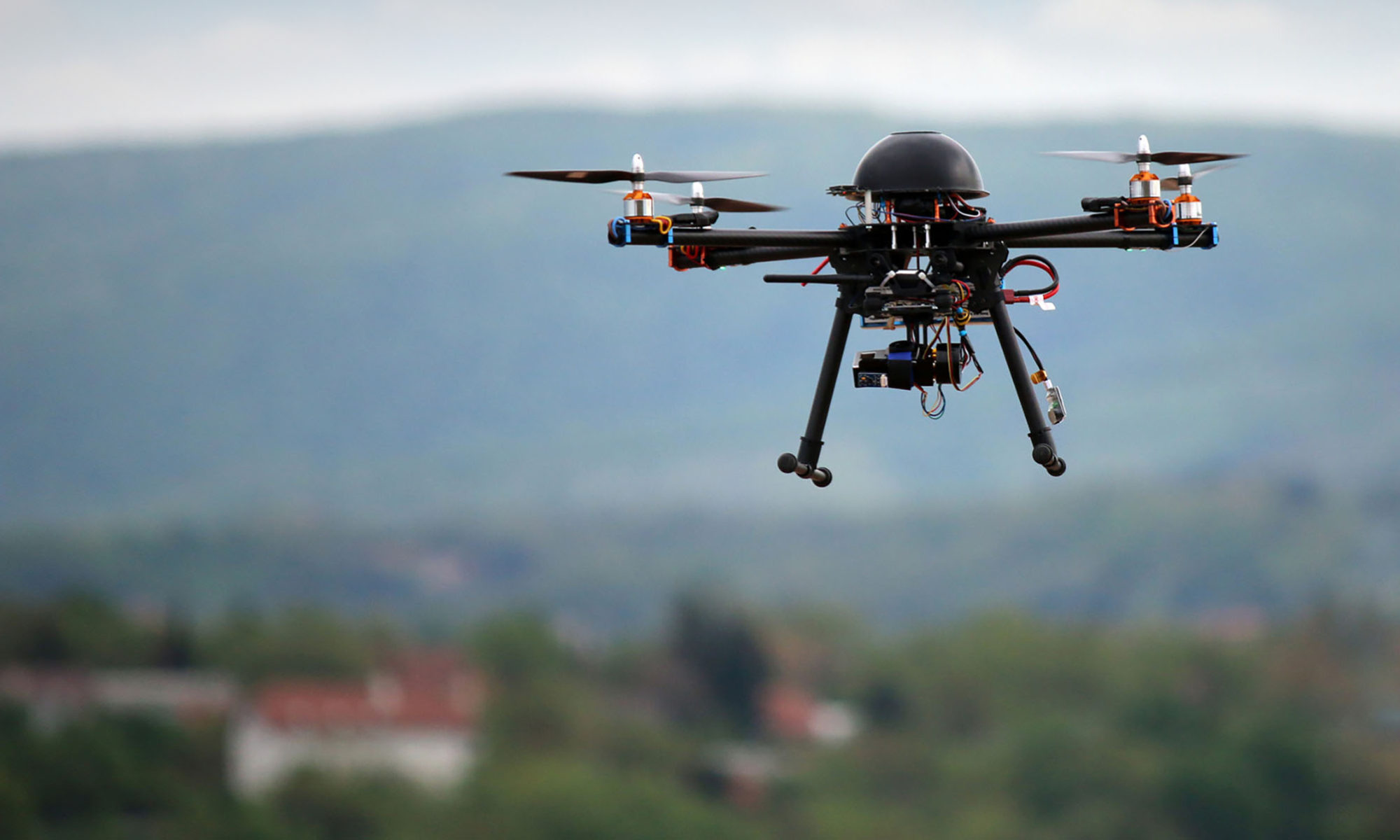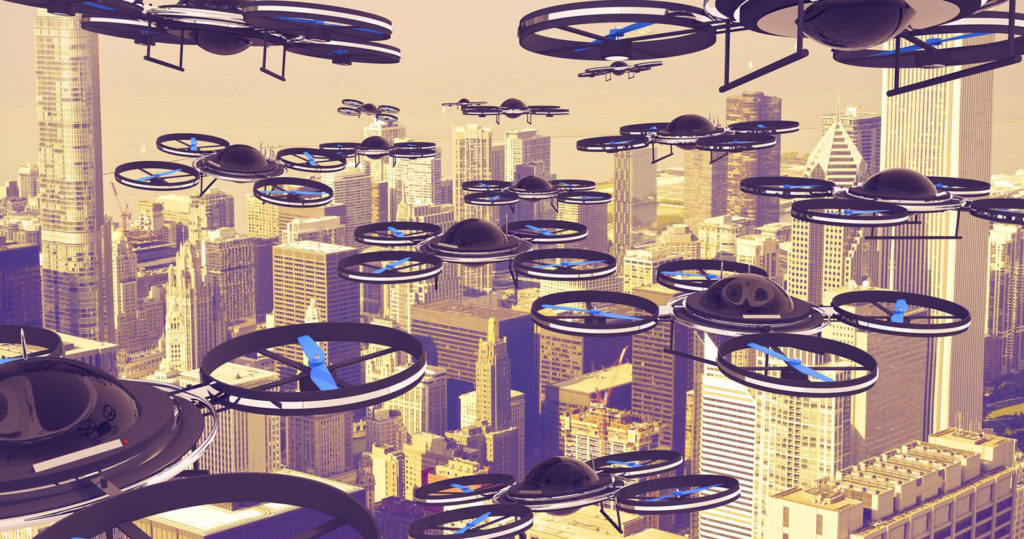“It’s the year of the drone!” Countless articles have started with this statement. (There is now one more!) Beyond the hype, how do you know, “When is a using a drone right for my organization’s needs?”
The 3 most important items to consider before using drones in your organization.
1. Will a drone gather the right data?
It’s all about the data! To most people, a drone’s true value is in the data it gathers. Collecting imagery and associated data (elevation data, 3-D models, etc.) is by far the most common use of drones at this time.
Yes drones are fun to watch and to fly, but do not get caught up in their appeal. Ask yourself if the data you will receive fits your needs or if it can be better gathered using more traditional methods.
Sometimes drones truly open up new possibilities to gain insight that is difficult, expensive or less safe to see using other methods. But, in other cases, ground based imagery or traditional surveys are still more effective than drone based data gathering.
2. Will a drone fit the mission profile?
Drones currently have limitations in flight time and payload that invalidate them for certain jobs. In these cases the data gathering capability may fit but the mission profile does not.
For example, a drone is the perfect tool to map a construction site. You can gather high resolution imagery, elevation information, cut and fill volumes, and measurements in well defined and secure locations.
However, drones are typically not the right tool to map exceptionally large areas. Take a beach erosion study over 100 miles of coastline. Sure there are larger, more complex drones with extended flight times that can do this. But regulatory restrictions and associated costs often make manned aircraft the best choice for this type of job (for now).
3. Will current regulations reduce effectiveness?
FAA regulations on drone flight are still rather restrictive in the United States. The most notable prohibitions are on flight beyond visual line of sight (“BVLOS”) and flight over people (“overflight”).
As of now, the average person cannot legally fly a drone out of the sight of the operator. While a drone may technically be able to launch and autonomously photograph 5 miles of pipeline, it is still illegal to do so.
Likewise, a drone cannot be flown over people or moving vehicles not directly involved in the operation. A drone could be launched by a television station to cover a story two blocks over. But this is nearly impossible to legally accomplish in an urban environment given current overflight restrictions.
The future is still incredibly bright for drone use.
Luckily, these limitations will be overcome. Advances in flight time, load capacity and distance capabilities will remove many of the hardware limitations. FAA regulations will be relaxed as the public accepts drones into their daily lives and the flight risks are reduced through advanced designs and collision avoidance technology.
There are many reasons why drones could be perfect for your organization. But there are still a few reasons while they may not fit… yet.


